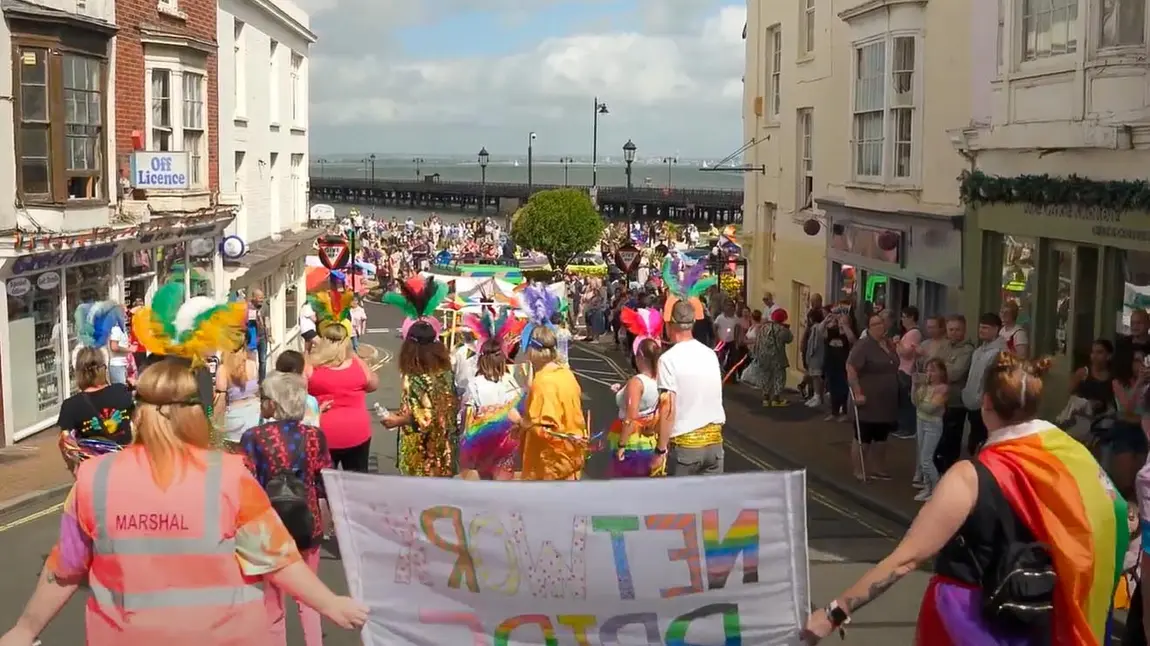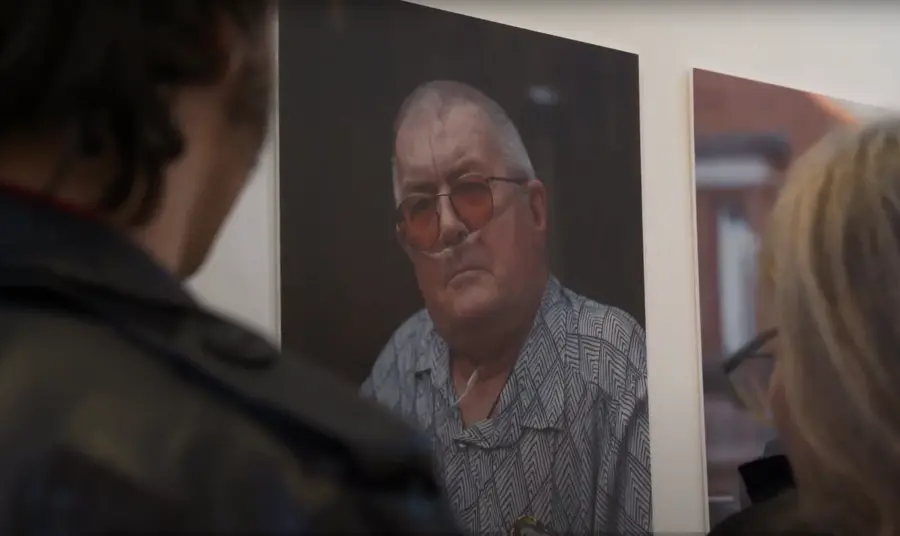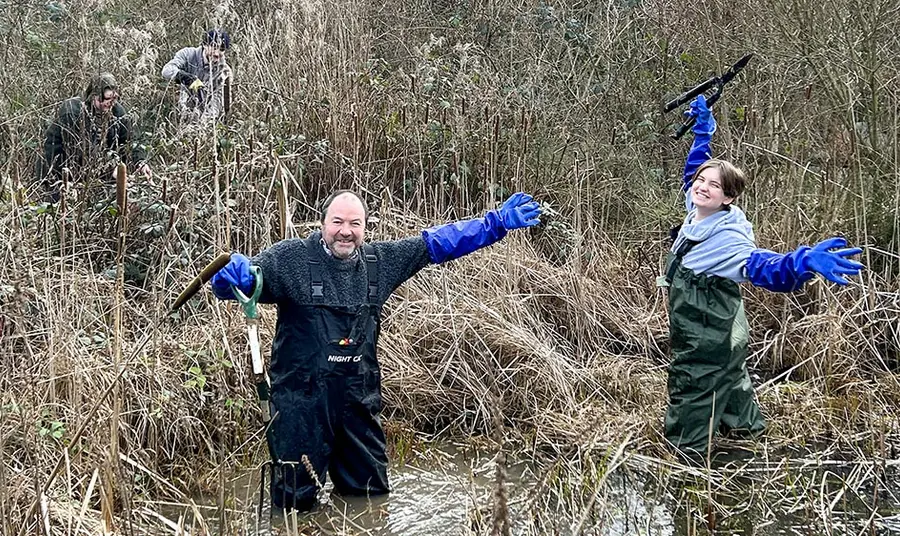LGBTQ+ heritage organisations share their advice on how to run great projects

We spoke to two organisations running very different community heritage projects about their advice for delivering a successful project.
Meet the organisations
StoneCrabs Theatre are collecting and sharing the heritage of the Isle of Wight’s queer community. Out on an Island created the first oral history archive of the island’s LGBTQ+ community. Their second project, Pride in Self, Pride in Place, is uncovering the role of the NHS in the island’s LGBTQ+ culture between 1980 and 2000.
The Wild Mind Project are delivering a programme for LGBTQ+ young people aged 11-25 to restore a green space in Brighton, helping them strengthen their wellbeing and form friendships through caring for nature.
What they’ve learned along the way
Collaboration takes time
Building partnerships with other organisations can create greater impact for your community, but don’t underestimate how long it will take to build your network.
Franko Figueiredo, StoneCrabs Artistic Director, says: “It’s important that early on you get a clear idea of the partnerships that you want to form. Make a start on building those conversations with local heritage and community organisations, schools and museums well in advance of submitting your application for funding.”
Caroline Diamond, Out on an Island Project Manager, says: “Building connections has taken a lot of time and effort. We’re now in the position where people know our work and come to us wanting to be part of it – but it’s taken five years to reach this point.”
Berny Simcox, CEO and Founder of The Wild Mind Project, says: “We get a lot of referrals from the NHS and mental health support services. Once they get to know you, doors are easier to open the next time. Mental health and youth organisations are so stretched at the moment that they really appreciate other sources of support for young people.”

Prioritise participants’ wellbeing
Considering the wellbeing of people involved in the projects is paramount, particularly given that LGBTQ+ people feel less satisfied and face more challenges than the general population, meaning they're more likely to face mental health issues.
Franko: “We recommend having a counsellor attached to your project. Particularly with the oral histories we are collecting, we’re aware that being involved can be tough on people’s mental health. It’s important to have support available.”
Berny: “For some people our programmes are a big deal, some haven’t left the house in months. But the encouraging thing is that once they’ve come to a session, they tend to return for more. I see the difference that being in nature makes to young people’s confidence, self-esteem and happiness.”
Build a safe environment for self-expression and support
Franko: “When our Out on an Island project started, creating a supportive place where LGBTQ+ people could talk, the community was really drawn to it. We were worried about finding enough volunteers, but we ended up with more than we could cope with!”
Berny: “When we bring young LGBTQ+ people together, they’re great at supporting each other. They need to be with other young people to make them feel safe, to reassure them they won’t be picked on for being interested in nature. I’ve seen this happen, usually on the first session there’s one or two who are dead keen while the rest hold back, but by the third session, they’re all crouching down by the pond looking for frogs.”

Understand your audiences and their different needs
Franko: “We have two audiences, the LGBTQ+ community and the wider community, folk who may not understand what the acronym LGBT means. So you need to be aware that there are different levels of how you present information. Lots of people thought Pride is just a carnival, and so we wanted to teach them about the history of Pride as a protest.”
Berny: “We run monthly drop-in sessions for young people who cannot commit to the programmes, or who have finished a programme and want to keep in contact. We introduce them to different organisations, so it’s not so daunting to start volunteering elsewhere. For the older young people, we have a monitored WhatsApp group as a safe space for them to stay connected and share information.”
Volunteering isn’t one-size-fits-all
Caroline: “Some people will be happy to commit one day a week for three years and make long-lasting friendships along the way. Others might only want to be involved in specific parts of your project like oral history work. It’s important to understand how different people want to contribute and what their needs and expectations are.”
Berny: “We couldn’t run our programmes without the help of volunteers. But the hard truth is that looking after volunteers can be challenging when you’re a small organisation. Consider carefully which types of volunteering best suits your project and your resources.”
How to apply for funding
Head to our funding pages for information on how to apply for a grant for your heritage project. In January 2024 we launched new, simplified application guidance and forms that reflect our Heritage 2033 strategy.


